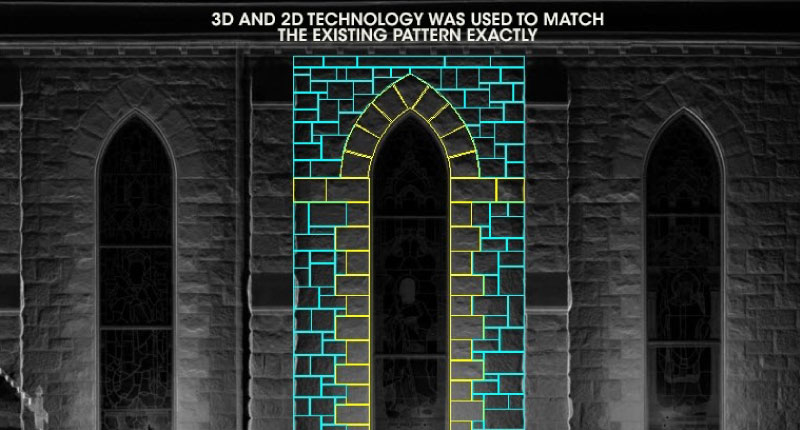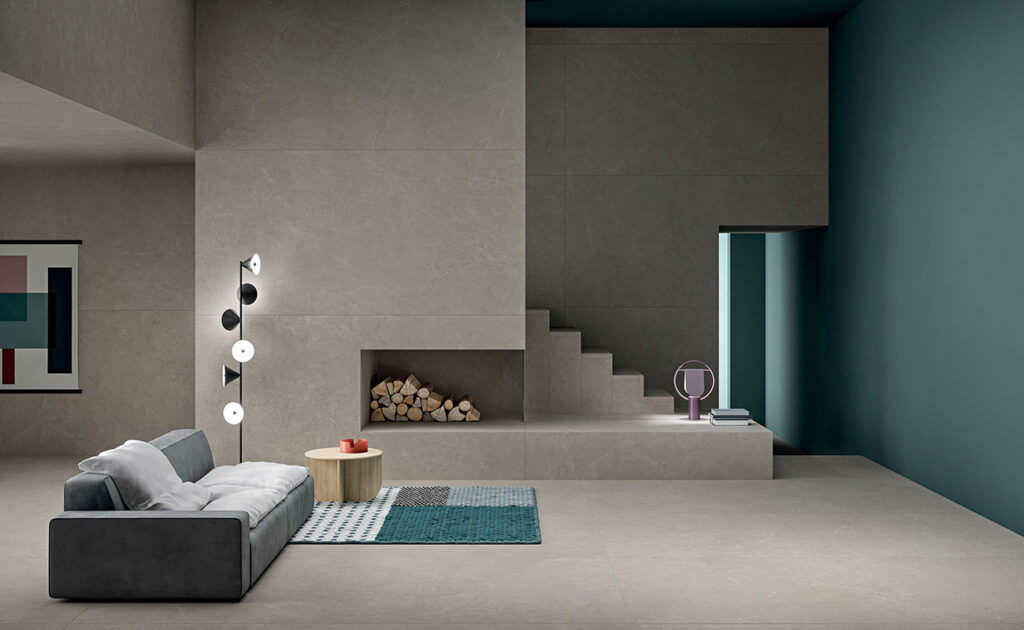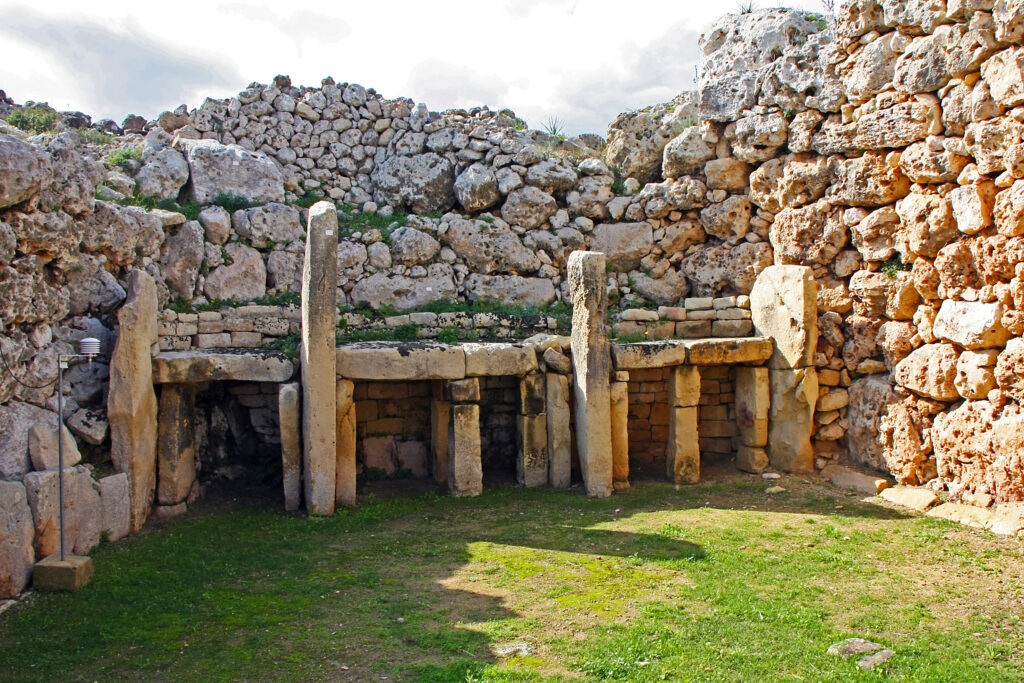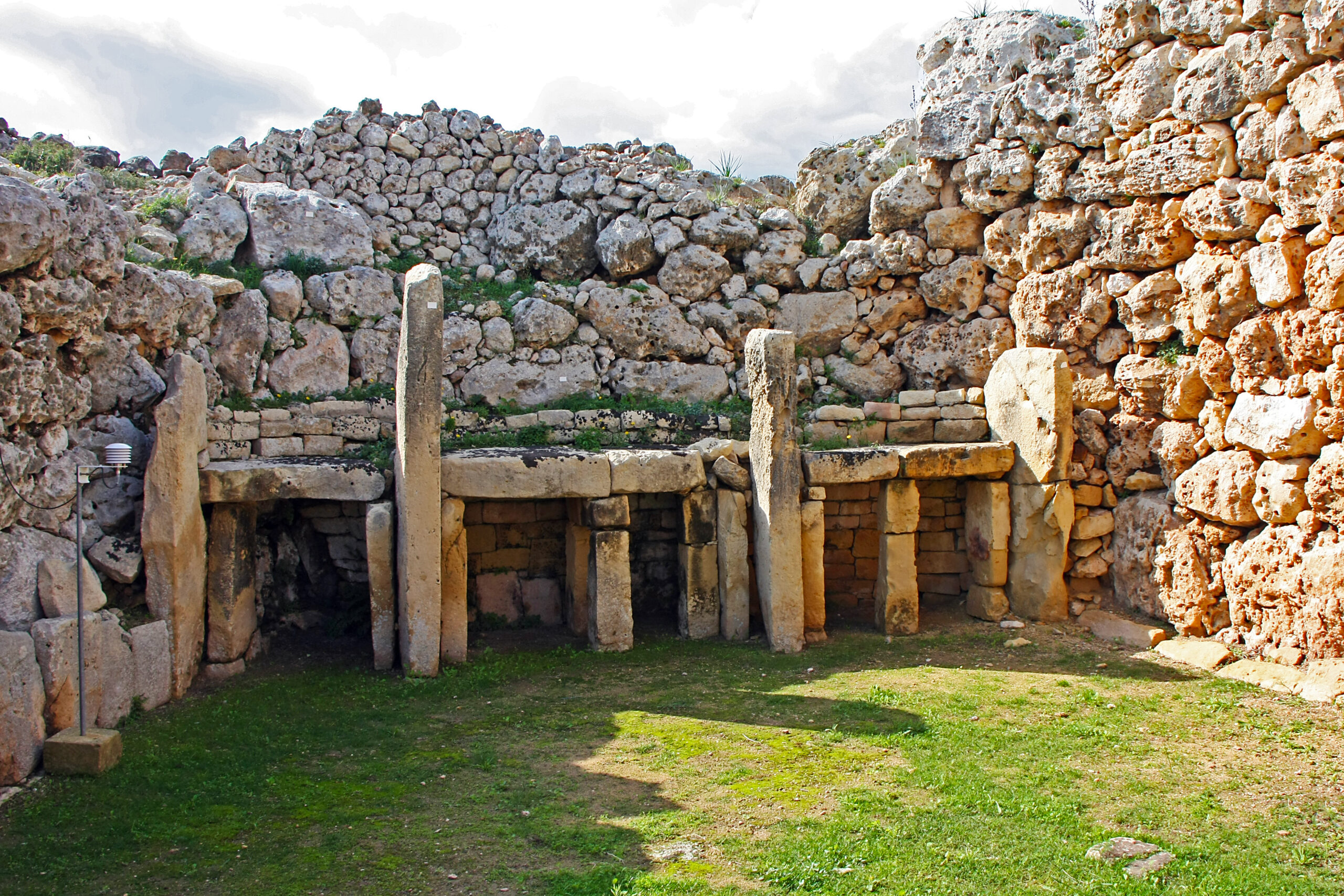Stone has been a cornerstone of architectural and interior design for centuries, renowned for its timeless beauty, durability, and versatility. From ancient civilizations to modern-day constructions, the use of stone has evolved, reflecting changing trends, technologies, and design philosophies. In this article, we explore the fascinating journey of stone design, from traditional techniques to contemporary innovations, highlighting key trends shaping the industry today.
Ancient Techniques and Traditional Styles:
The history of stone design dates back thousands of years, with early civilizations utilizing primitive tools to carve, shape, and stack stones for various purposes, including monuments, temples, and fortifications. Ancient Egyptians, Greeks, and Romans were pioneers in mastering the art of stone masonry, leaving behind enduring marvels like the Great Pyramid of Giza, the Parthenon, and the Colosseum.
These early architects and craftsmen developed techniques such as quarrying, carving, and stonecutting, laying the groundwork for the rich tradition of stone design that would endure through the ages. Traditional styles, characterized by intricate carvings, ornate detailing, and symmetrical patterns, continue to inspire contemporary designers seeking to evoke a sense of timeless elegance and craftsmanship.
Renaissance and Neoclassical Revival:

During the Renaissance period, there was a resurgence of interest in classical architecture and design principles, leading to the widespread adoption of stone as a preferred building material for grand palaces, churches, and public monuments. Influential architects like Andrea Palladio and Christopher Wren embraced classical forms and proportions, incorporating marble and limestone into their iconic structures.
The neoclassical revival of the 18th and 19th centuries further fueled the demand for stone, as architects sought to emulate the grandeur of ancient civilizations in their architectural creations. Neoclassical buildings adorned with columns, pediments, and intricate friezes became emblematic of power, wealth, and cultural refinement, shaping the skylines of cities around the world.
Modernism and the Advent of Concrete:
The 20th century witnessed a shift away from traditional stone masonry towards new materials and construction methods, driven by advances in engineering, technology, and industrialization. Concrete emerged as a popular alternative to natural stone, offering greater flexibility, affordability, and structural integrity.
Modernist architects such as Le Corbusier and Ludwig Mies van der Rohe embraced the minimalist aesthetic of concrete, advocating for its use in sleek, functional designs that prioritized form over ornamentation. Brutalism, a architectural movement characterized by raw, exposed concrete surfaces, became synonymous with the post-war era, leaving a lasting imprint on urban landscapes worldwide.
Revival of Natural Stone:
Despite the rise of concrete and other synthetic materials, the allure of natural stone endured, fueled by growing awareness of sustainability, authenticity, and environmental impact. Designers and homeowners began rediscovering the inherent beauty and tactile qualities of stone, leading to a resurgence of interest in its use for interiors, exteriors, and landscaping.
Contemporary stone design embraces a diverse range of styles, materials, and techniques, from sleek marble countertops and granite facades to rustic limestone floors and sculptural installations. Sustainable sourcing practices, innovative fabrication methods, and digital technologies have revolutionized the way stone is quarried, processed, and utilized, ensuring its relevance in the 21st century.
Trends and Innovations:

Today, the evolution of stone design is driven by a convergence of trends and innovations that reflect changing lifestyles, preferences, and aesthetic sensibilities. Sustainability and environmental stewardship are paramount, leading to the adoption of eco-friendly practices such as recycling, repurposing, and responsible quarrying.
Technological advancements, including 3D printing, CNC machining, and digital modeling, have expanded the possibilities of stone design, enabling intricate geometries, complex textures, and customized solutions. From digitally fabricated facades to parametrically designed sculptures, technology has democratized access to cutting-edge stone craftsmanship, blurring the boundaries between art, architecture, and engineering.
Furthermore, the integration of smart technologies and building automation is transforming the way we interact with stone environments, offering new opportunities for energy efficiency, comfort, and connectivity. From responsive facades that adapt to environmental conditions to interactive installations that engage users through light and sound, the future of stone design is dynamic, interactive, and experiential.
The evolution of stone design is a testament to the enduring allure of this ancient material and its capacity for reinvention in response to changing times and tastes. From the monumental achievements of ancient civilizations to the contemporary innovations of the digital age, stone continues to inspire and captivate designers, architects, and enthusiasts around the world.
As we look to the future, the possibilities for stone design are limitless, fueled by a spirit of creativity, collaboration, and exploration. Whether used to clad skyscrapers, sculpt public spaces, or adorn interiors, stone will undoubtedly remain a symbol of permanence, beauty, and human ingenuity for generations to come.


